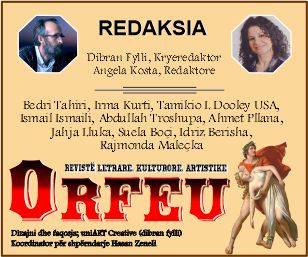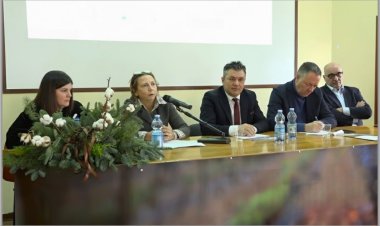Tuliyeva Sarvinoz, Uzbekistan

The mud fort (I-VI centuries AD) is located a few kilometers south of the Sultan Uwais ridge. This fortress served as the residence of the rulers of Ancient Khorezm in ancient times, before the Afrigid dynasty came to power. The name of the monument, based on its current position, means a large earthen mound.
The soil castle complex consists of the city, the upper palace and the northern complex.
City - area 500 × 350 m. It is rectangular in shape and surrounded by defense walls 8-9 meters high. In addition, the city has many square towers with flat corners, and the sides are surrounded by a wide moat. The city gate was built in the form of a complex structure, and the width of the city from this gate to the castle is 9 m. passed the central street. Many hearths have been identified in the fire worshipers' temple. In another building in the monument, gold-plated bracelets in the form of ram's horns, glass vessels, fragments of plaster sculptures and other jewelry were found.
Upper palace - the main massif of the truncated pyramid-shaped palace is built of raw brick, and the facade is decorated with a system of vertically protruding patterns. About 100 structures used as ablution rooms and weapons storage rooms have been preserved until now. On the upper floor there was a temple where sacrifices were made for repentance.
The main part of the palace is occupied by a complex of prayer and ceremonial rooms. The walls of the building are decorated with patterns, and the five halls belonging to it are decorated with colorful ceramic bas-reliefs. Few of these ornaments have survived.
In the special sacrificial room "Hall of the Kings" there was a fire burning in front of the images (in the form of statues) of the 23 kings of Khorezm. The "Victory Hall" is decorated with bas-reliefs of kings sitting on thrones and goddesses hovering above them, depicting the ceremony of awarding the royal honor to the sultans. On the shelves of the Hall of Black Warriors were bas-relief images of standing kings. Small statues of black warriors paid homage to the kings by blowing trumpets. The "Deer Hall" was decorated with statues of these animals, and on top of them there were images of griffins. This type of decoration is probably the reason for the sustainability of life in the flora and fauna. The "Masked Dance" hall was intended for showing mysteries (dramas on religious themes), and the images of men and women dancing on the walls of the hall are partially preserved. On the main shelf, according to its appearance, there was an image of a goddess with a beast. On the other two large shelves, probably, the accompanying deities were placed. In the center of the hall there was a sacrificial platform.
One of the most important finds is the Ancient Khorezm documents. In the manuscripts written on leather, several dates of the arrival of various things and objects are recorded, the oldest of which is 188-252 years of the Khorezm century (beginning of the 1st century AD). In the manuscripts written on the tree, lists of able-bodied men (free and slaves) included in several Khorezms were recorded.
Northern palace complex. This complex is about 100 km from the city of Tuproq Qala. It is a collection of several buildings with an area of 12 hectares. One of these buildings consists of 50 rooms with colorful murals decorated with large and small rosettes and other flowers on a black and white background, as well as the remains of sculptures depicting the lower leg and dress. Also, coins from the reign of the Kushan rulers Vima-Kadphiz, Khuvishka, a golden head of a lion and alabaster figures for bas-relief were found here.



 Moderator
Moderator 




